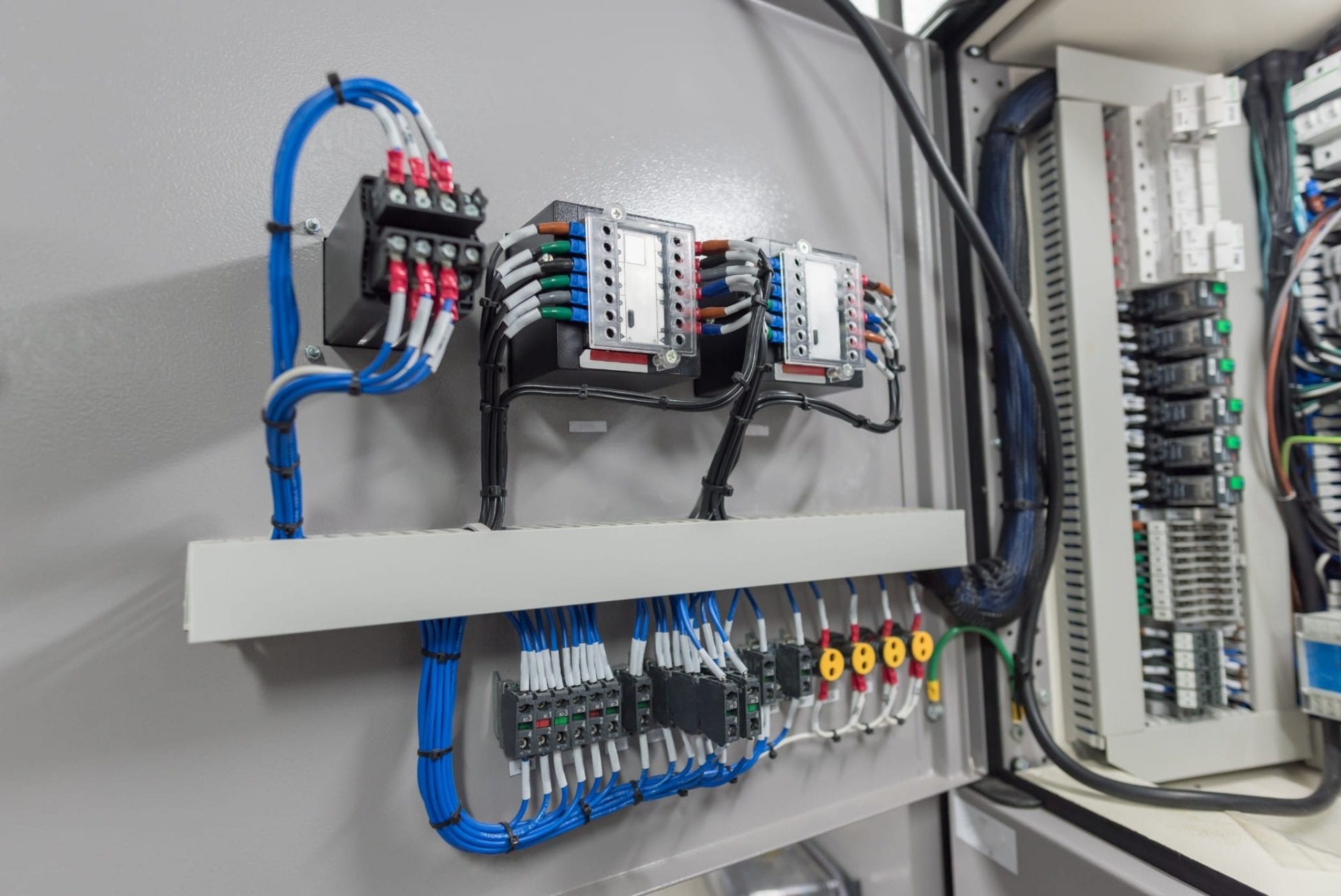A Step-by-Step Beginner's Guide to Electrical Wiring

The electrical wiring is an essential element of every home and understanding it is essential for every homeowner. Not only is it helpful to ensure the smooth functioning of your home, but it is also crucial for your security. In this article, we’ll examine the fundamentals of electrical wiring as well as the importance of security, and the benefits having an authorized residential electrician for all your electrical wiring needs.
Understanding the basics of electrical wiring
The electrical wiring refers to the network of electrical conductors that run through your house, delivering electricity to your appliances as well as lighting fixtures. It is formed by electrical circuits that connect the electrical power source to your devices. Electrical circuits are made up of wires, switches, as well as other components of electricity that function to form a secure and reliable electrical system. There are various kinds of electrical wiring, including aluminum, copper, as well as types of wire insulation such as PVC or rubber.
Preparation and planning for electrical Wiring
When installing an electrical wire, you must consider many things to think about, including the kind of wiring that you’ll need, the size of your electrical system and the power requirements you require. Additionally, it is important to know about electrical wire regulations as well as permits that are required in your region. To be prepared for electrical wiring, create an electrical plan and assess your electrical needs. This will to ensure your wiring system is secure, efficient, and meets the power requirements of your home.
Materials and tools required for electrical wiring
When installing new electrical wiring it is important to have the proper equipment and materials on hand. The most important tools are strippers, wire cutters pliers, and a voltage tester. Other items required for wiring electrically comprise electrical tapes, wire nuts, conduit, and electrical boxes. It’s also useful to have a wiring diagram that will help you with the process of installing.
Step-by-Step Guide for Installation of Electrical Wiring
Installing electrical wiring can be a complex process However, with the proper tools and expertise it can be accomplished in a safe and efficient manner. Here is a step-by-step guide to installing new electrical wiring at home:
Shut off the power source to the area where you will be working.
Plan the wiring layout and mark where the wiring will be installed.
Install electrical conduits and electrical boxes wherever needed.
Cut and strip the wires to the correct length.
Connect the wires to the devices or fixtures that you’re wiring.
Connect the wires using wiring nuts, electrical tape or even conduit straps.
Check the wiring to make sure it is functioning properly.
When installing the wiring, it is important to adhere to wiring installation best practices and tips. Be conscious of common mistakes you need to avoid when installing electrical wiring such as overloading circuits, using wires that are damaged or using the wrong type of wire for the job.
Troubleshooting Electrical Wiring Problems
Even with careful design in the installation and design, wiring problems may develop. Common issues include wiring damages, circuit overloads and electrical shorts. To solve these issues it is essential to know about the most common electrical wiring issues and know how to effectively and safely address the issue. In addition, it is essential to follow the proper electrical safety protocols when attempting to solve electrical wiring problems including shutting off the power and wearing appropriate safety equipment.
Conclusion
In the end, knowing about electrical wiring in your home is vital to your safety and for the proper functioning that your electric system provides. It is crucial to engage an authorized electrician to make sure your wiring is maintained and installed correctly. At Local Electrician Melbourne CBD, we provide various electrical services, which include electrical wiring repair and installation. Reach out to Local Electrician Melbourne CBD at 1300 933 820 for all of your electrical wiring requirements.
Electrical Wiring FAQ
Here are some commonly asked questions regarding electrical wiring. They also include extra safety advice and best techniques for electrical wiring repair and installation:
What type of wire do I need to use to wire my electrical circuit?
The kind of wire you should use for electrical wiring is contingent on your specific needs and local building codes. It is crucial to select the correct wire gauge, insulation type, and wire material to ensure safety and efficiency of your electrical system.
Can I install an electrical wire of my own?
While it is feasible to install an electrical wire yourself it’s crucial to have the knowledge and experience to do so effectively and safely. In the majority of instances, it is recommended to employ an experienced electrician to ensure that the wiring is properly installed and maintained in a safe and secure manner.
How often do I need to inspect my electrical wiring?
It is recommended to inspect your electrical wiring every 10 years or when you notice signs of electrical problems like frequent circuit breaker trips or electric shocks.
What do I do if notice electrical wiring problems within my home?
If you spot any electrical wiring issues in your home, like flickering lights or outlets that won’t work, it’s crucial to fix them right away. Shut off power to the affected area and contact a licensed electrician to determine and fix the problem.
By following these suggestions and best practices, you can ensure you have electrical connections that are secure and functioning in a safe manner. Make sure you are taking safety into consideration and consult with a licensed electrician when needed. Call Local Electrician Melbourne CBD at 1300 933 820 for all electrical wiring issues.
